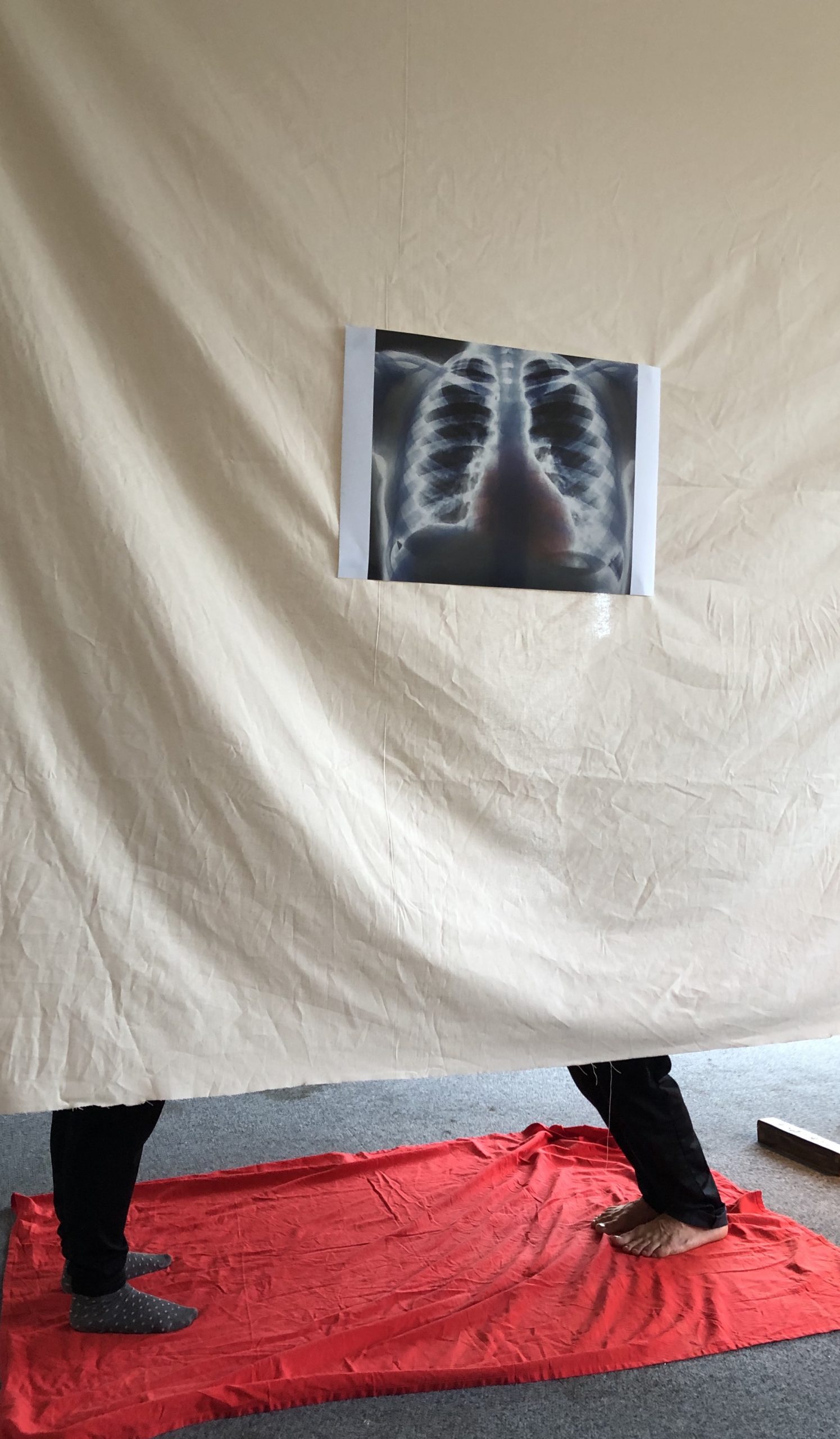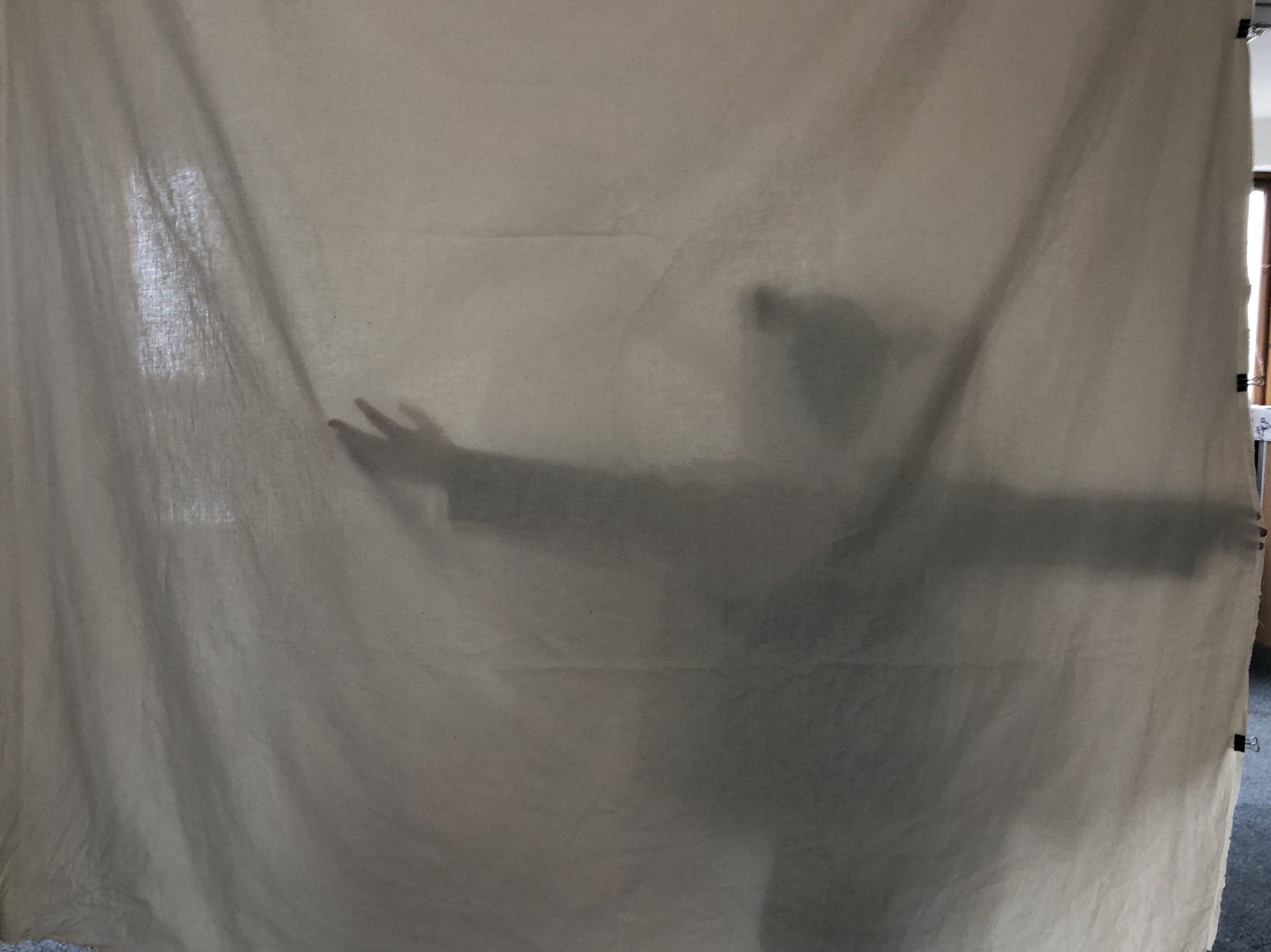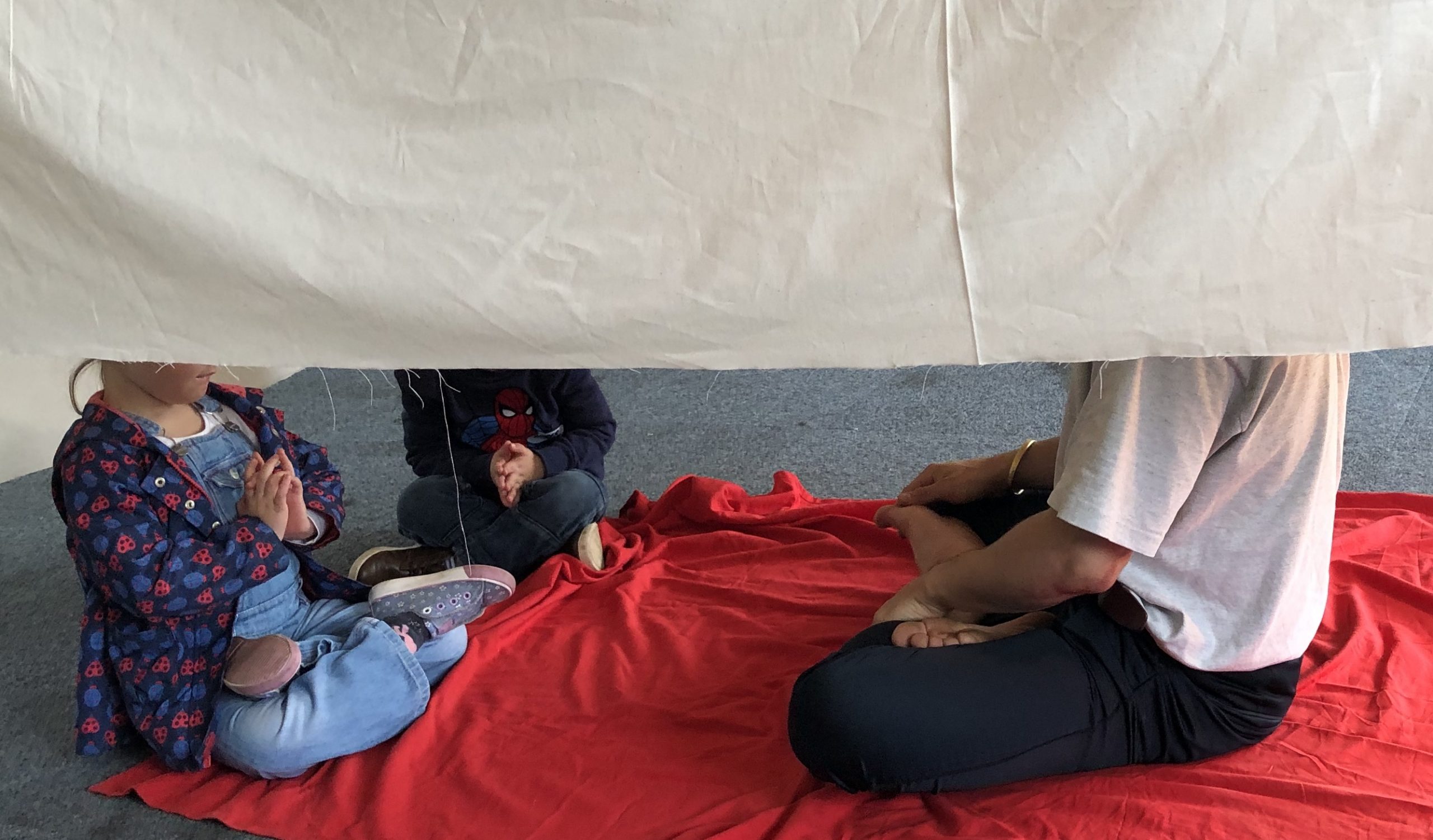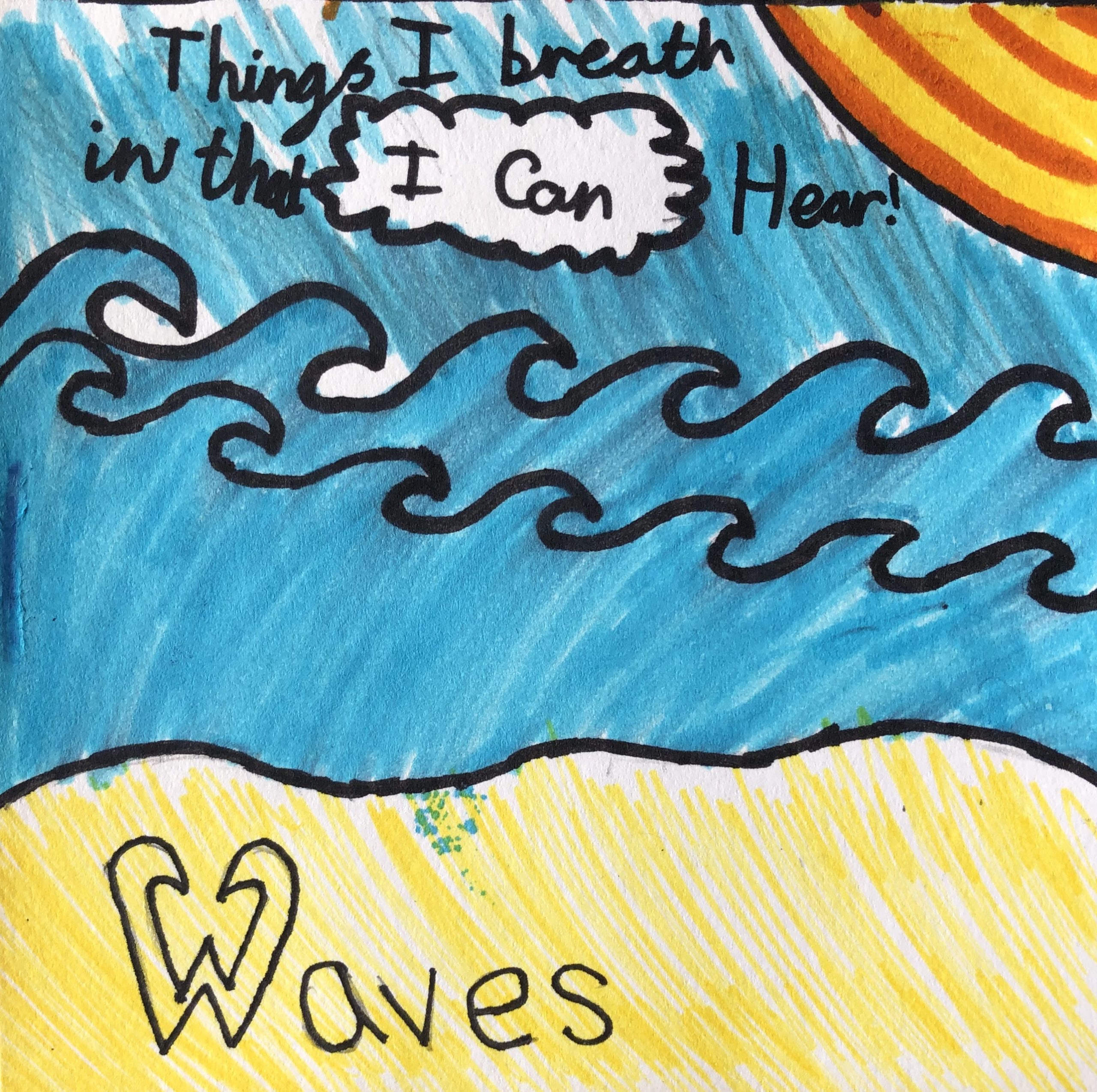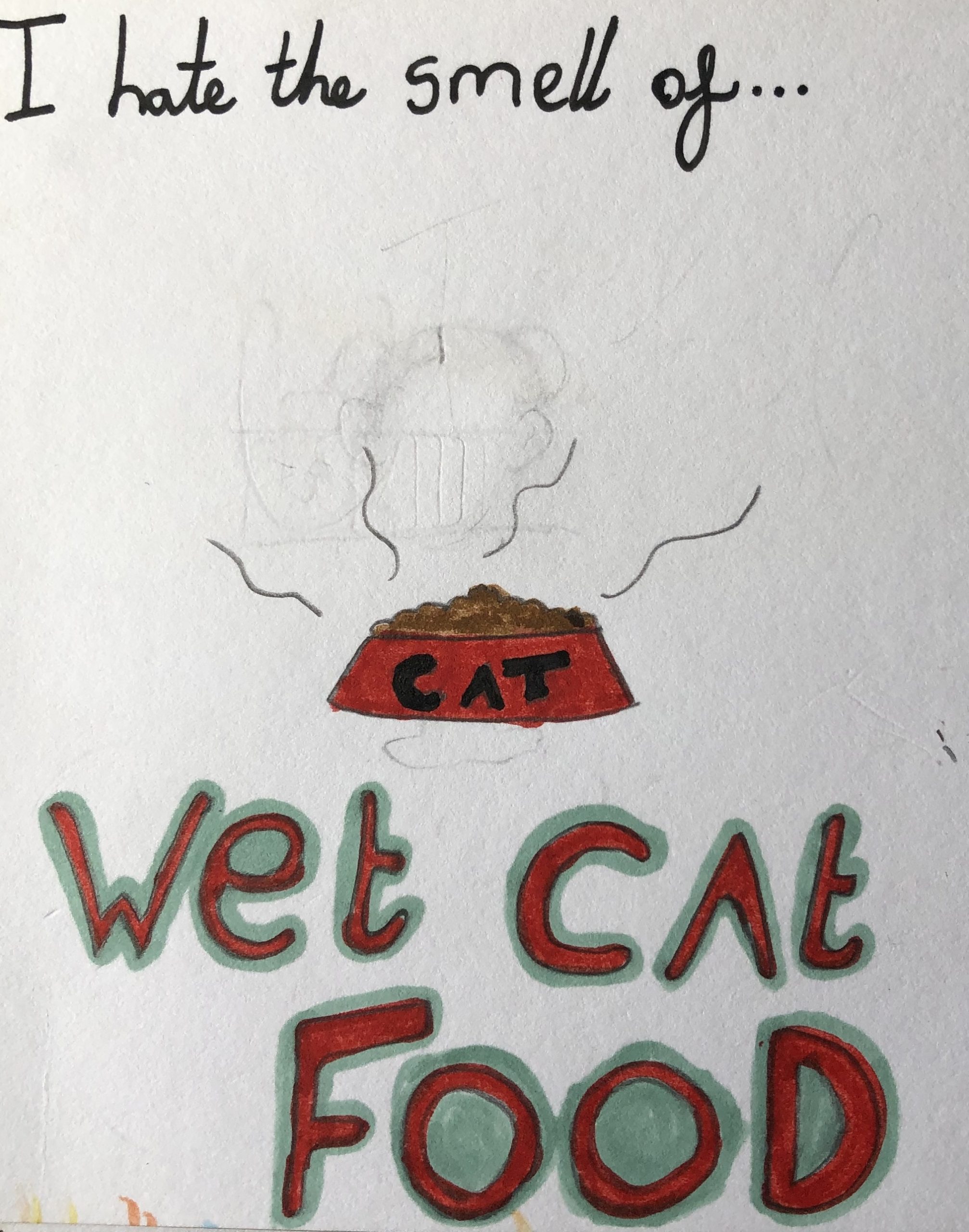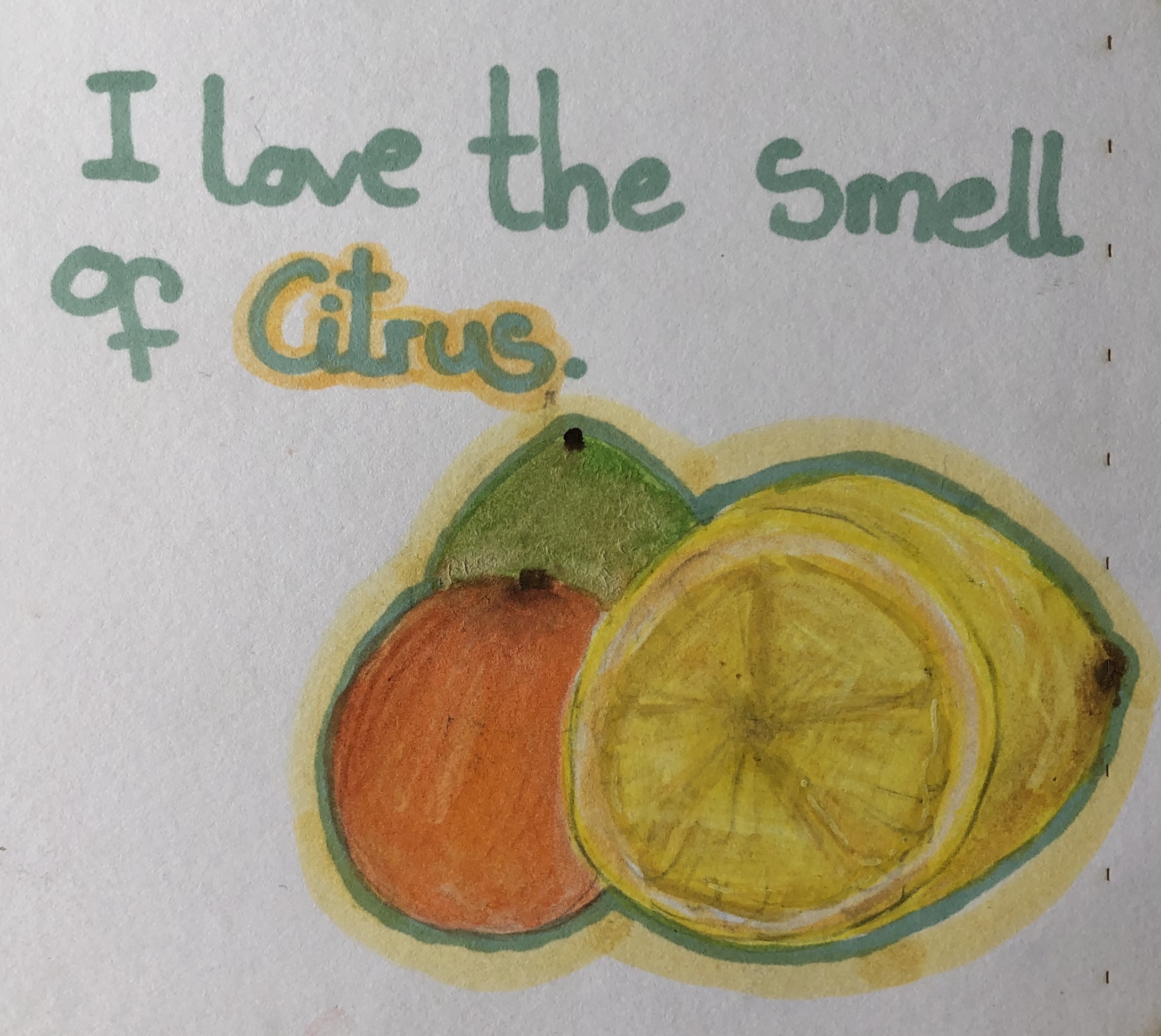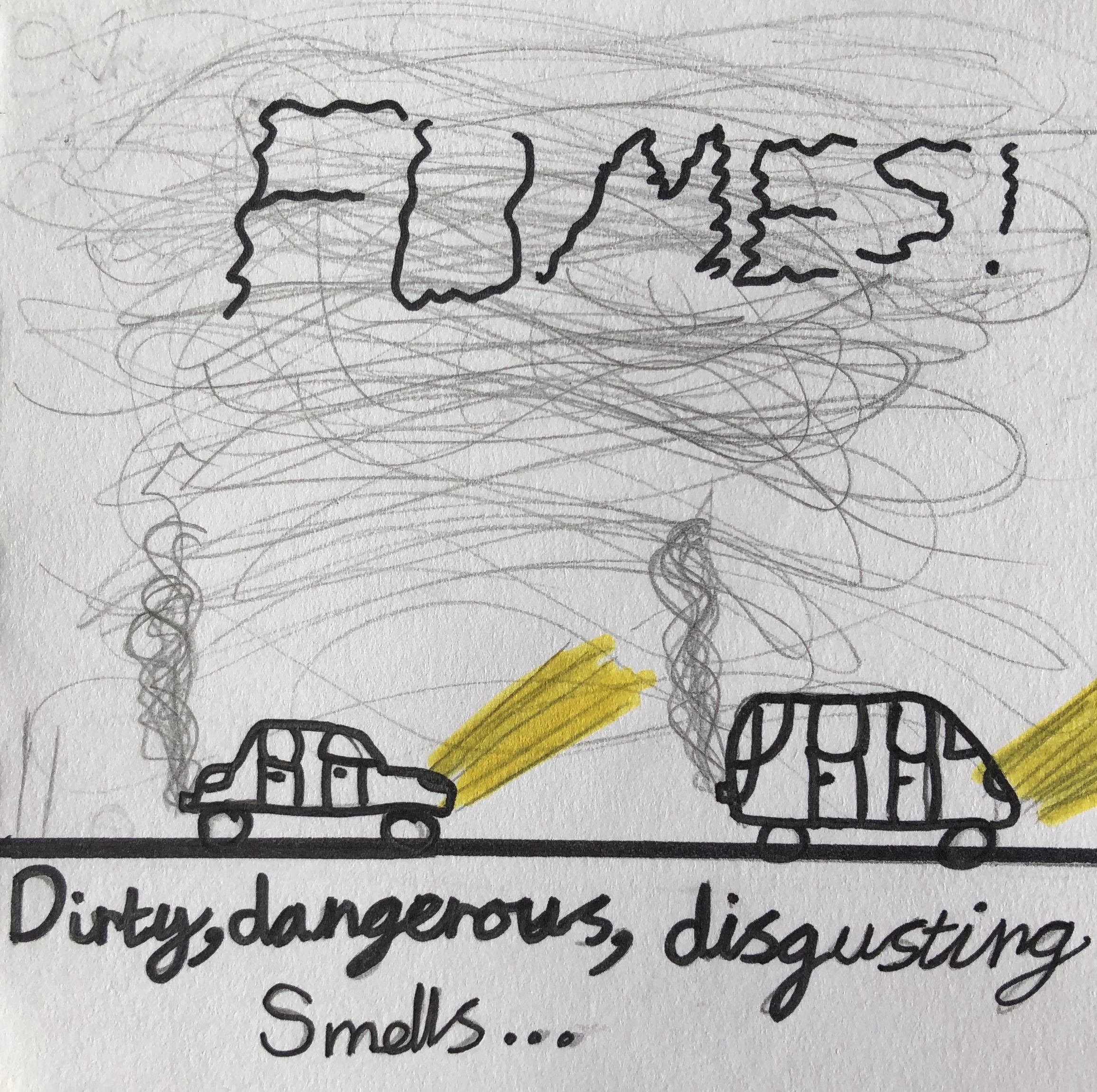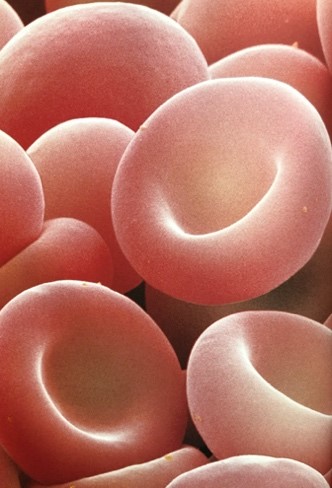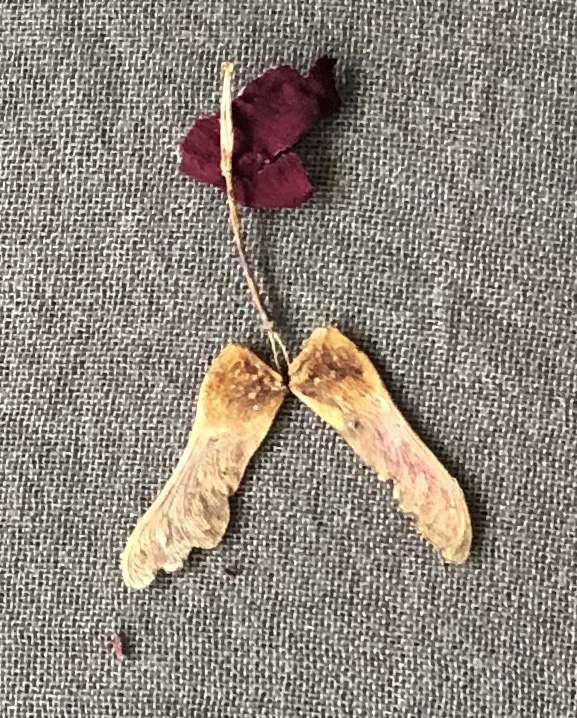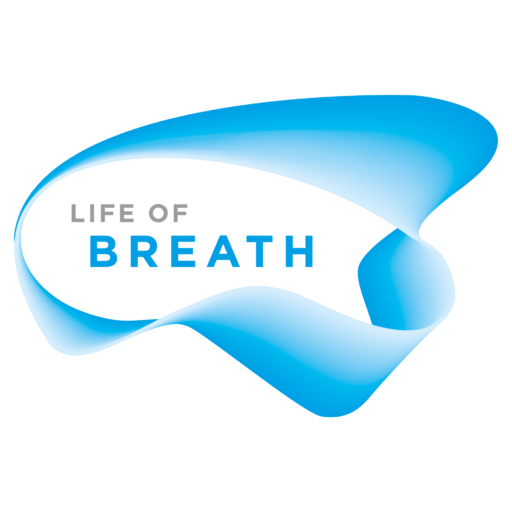Living anatomy
by Catherine Lamont-Robinson, Bristol Curator/Exhibition Consultant
Living Anatomy was a drop-in workshop that took place in during Fun Palaces at Barton Hill Settlement in Bristol on Saturday 5 October 2019. Led by myself and medical student Joshua Grover, we wanted to explore with visitors the magical inner-working of our bodies through art, movement, and sound. The focus of the session was to invite participants to access multi-sensory knowledges through embodied engagements with their breath.
A studio environment was set up as an immersive exhibition/installation and workshop area with music and scent. Semi-curtained area The Breathing Space provided a central, secluded area where Joshua (Bristol medical student and dancer) ran ongoing movement sessions with either one or two participants. Joshua brought attention to particular qualities of inhaling and exhaling and invited everyone to share their sense of breath’s movement within the body, playfully exploring the interaction between conscious breathing and movement.
One participant raised an occasional feeling of her breath being ‘stuck’ and whilst exploring this unwelcome sensation offered the feeling of air trapped within the neck of an egg-timer. Joshua worked alongside her to explore further metaphors and movements which may be helpful when this arises again. Some variations of classic yoga interventions were also offered to adults experienced in body/breath work. However, visitors greatly appreciated space for individualised improvisation and deep exploration.
A mother observed that it was rare for her spirited, chatty young boy to be silent for so long as he engaged with his breath in a one-to-one session with Joshua. The children’s quality of attention, spontaneity in mirroring and excitement to share their ‘new moves’ inspired peers and family to get involved.
Original artworks from primary-school children at Sefton Park School by Bristol artist and Catch Your Breath collaborator Gaby Solly was on display. Gaby explains:
‘We started to think about what we all might have breathed in during our lives: smells we liked; things that might have happened a long time ago; the breath of other people or animals… these ideas informed self-portraits of the children’s breath.’
Several examples of high magnification photography around the walls celebrated the respiratory system and its myriad inter-connections and forms. One child was fascinated by an image of red platelets remarking that they ‘looked just like sweets’. An older child suggested the graphic image of a scent receptor could be ‘a character from Harry Potter.’
Great-grandmother Wendy shared how as adults we tend to only pay attention to our body’s inner workings ‘when something goes wrong’ and pointed to maintaining the child’s holistic, spontaneous outlook and curiosity with regard to embodiment as a way forward to ‘a healthier relationship with our bodies.’
Images of how oxygen moves within the bloodstream, the variations in colour, and the interaction of the heart and lungs attracted conversation across generations.
GP and writer Gavin Francis’s account of his first delivery as a medical student drew joyful tears of recognition from a mother who was her daughter’s birth partner on three occasions. Francis recalls:
‘I remembered my hands shaking as I held her in those first moments, silenced by a sense of wonder. She took her first gasps; to watch her body change from a pallid blue to pink was like seeing colour return to landscape after an eclipse.’
This collage was inspired by an artist’s interpretations of structures shared by individual cells. The artwork was scrutinised for some time by a retired chemist who continues to be awestruck by the number, complexity and sophistication of systems involved to support every moment of our lives.

Further workshops
Images of participant responses to Living Anatomy at Barton Hill were later shared in a workshop with Bristol Liberal Arts students following a lecture by Life of Breath’s Professor Havi Carel focusing on phenomenology and embodiment.
In the interactive session, one student group built on Leriche’s statement that ‘Health is a life lived in the silence of the organs’ and playfully used a child’s interest in the wind-up mechanism ‘the sound of the wind’ to discuss the ‘orchestra’ of the internal body.
Global and individual health issues were triggered by a collage featuring the architectural installation of scaled-up ‘living, breathing cells’ reacting directly to atmospherics and dynamics. Students explored the fragile ‘synergy’ of the body and the built environment.
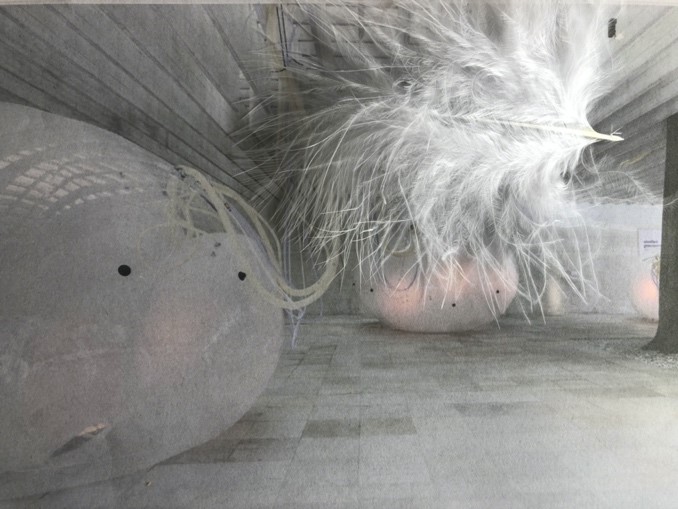
The image of a combined sycamore and rose-petal was interpreted as lungs and a heart. One student suggested that re-presenting the body through touch – considering weight, texture, qualities of movement and so on – enriched perspectives around embodiment.
Acknowledgements
A collaboration between Catch Your Breath and Fun Palaces at Barton Hill Settlement Community Centre.
Thanks to Living Anatomy visitors for your enthusiastic engagement and conversations and to the Liberal Arts Students and Dr Emily Derbyshire the course leader for your support and interest.
About Catherine Lamont-Robinson
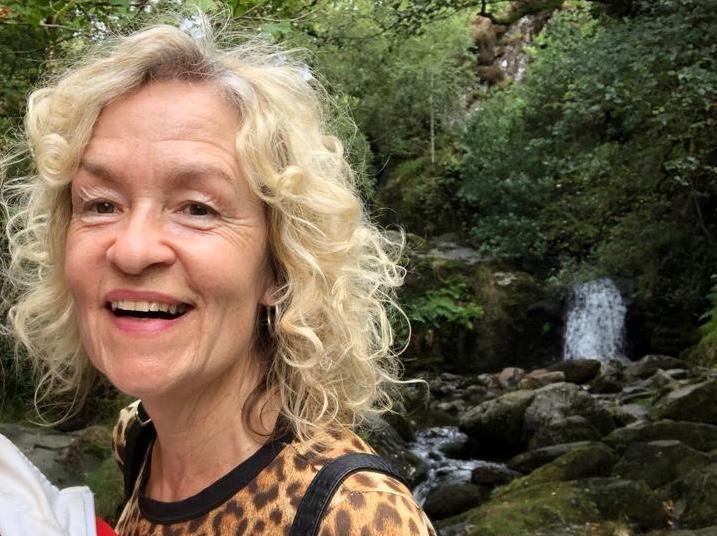
Catherine is a freelance artist/educator with a particular interest in multi-sensory and participatory engagement. She is an honorary lecturer in Social and Community Medicine at Bristol Medical School and works across patient/clinician and community groups in her teaching, workshops and curation. Catherine has a particular interest in supporting positive embodiment through creative enquiry and has been collaborating with the Catch Your Breath team since 2019.
References
Gavin Francis (2018), Shape-shifters: On Medicine & Human Change
Architect – Eero Lunden: www.arkdes.se/en/arkdes_kalender/another-generosity-at-the-2018-venice-architecture-biennale/

